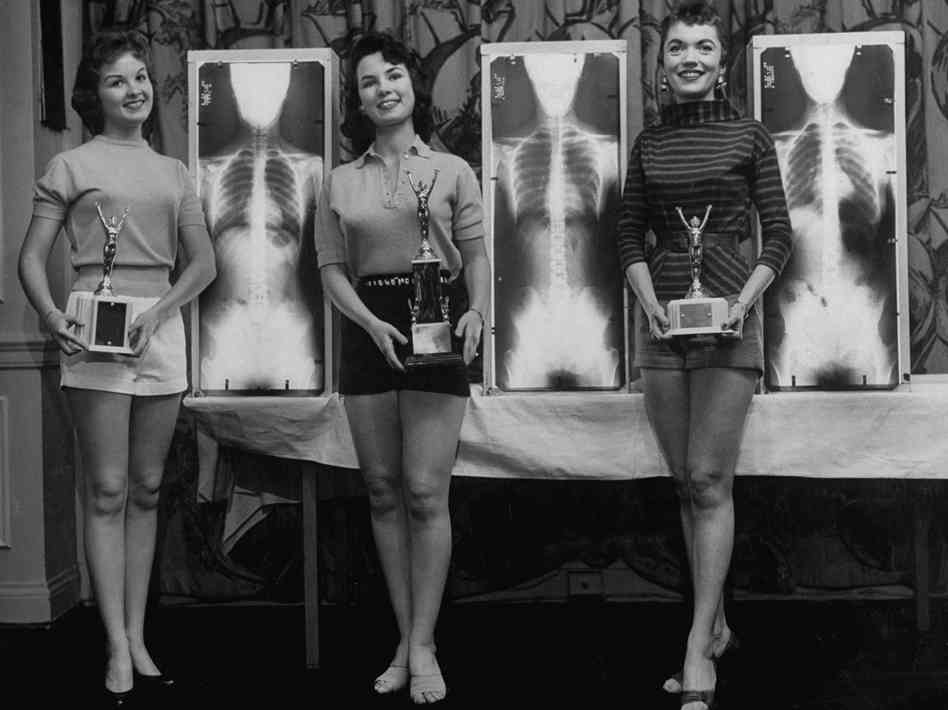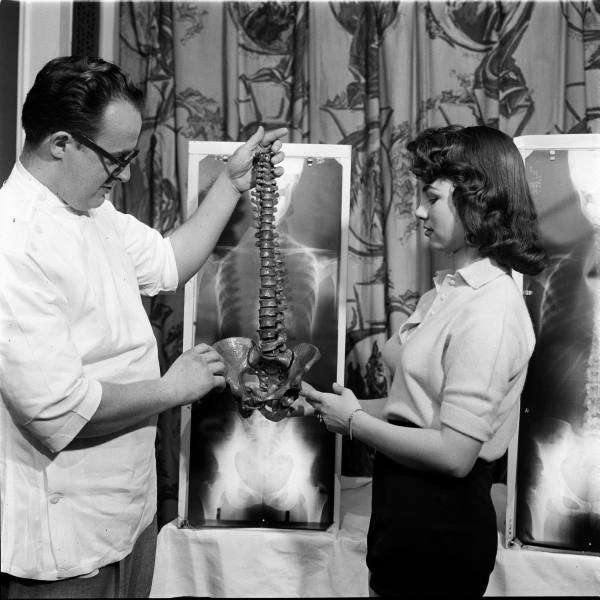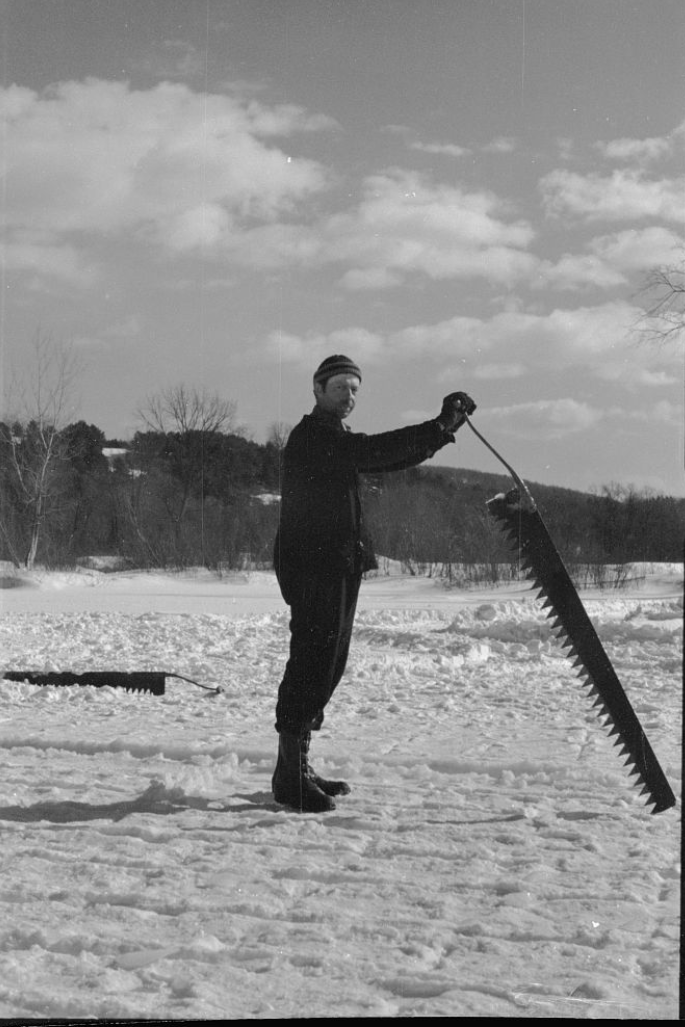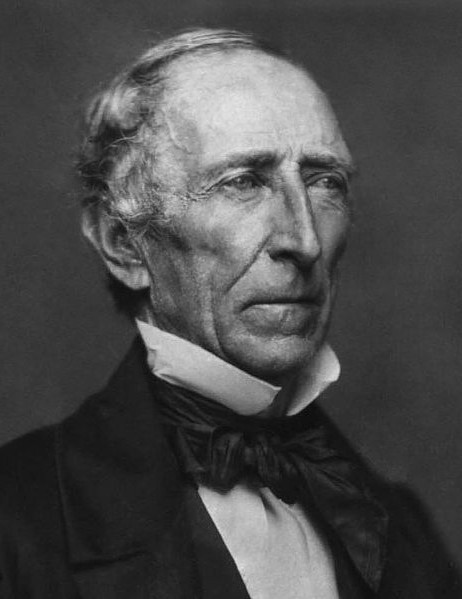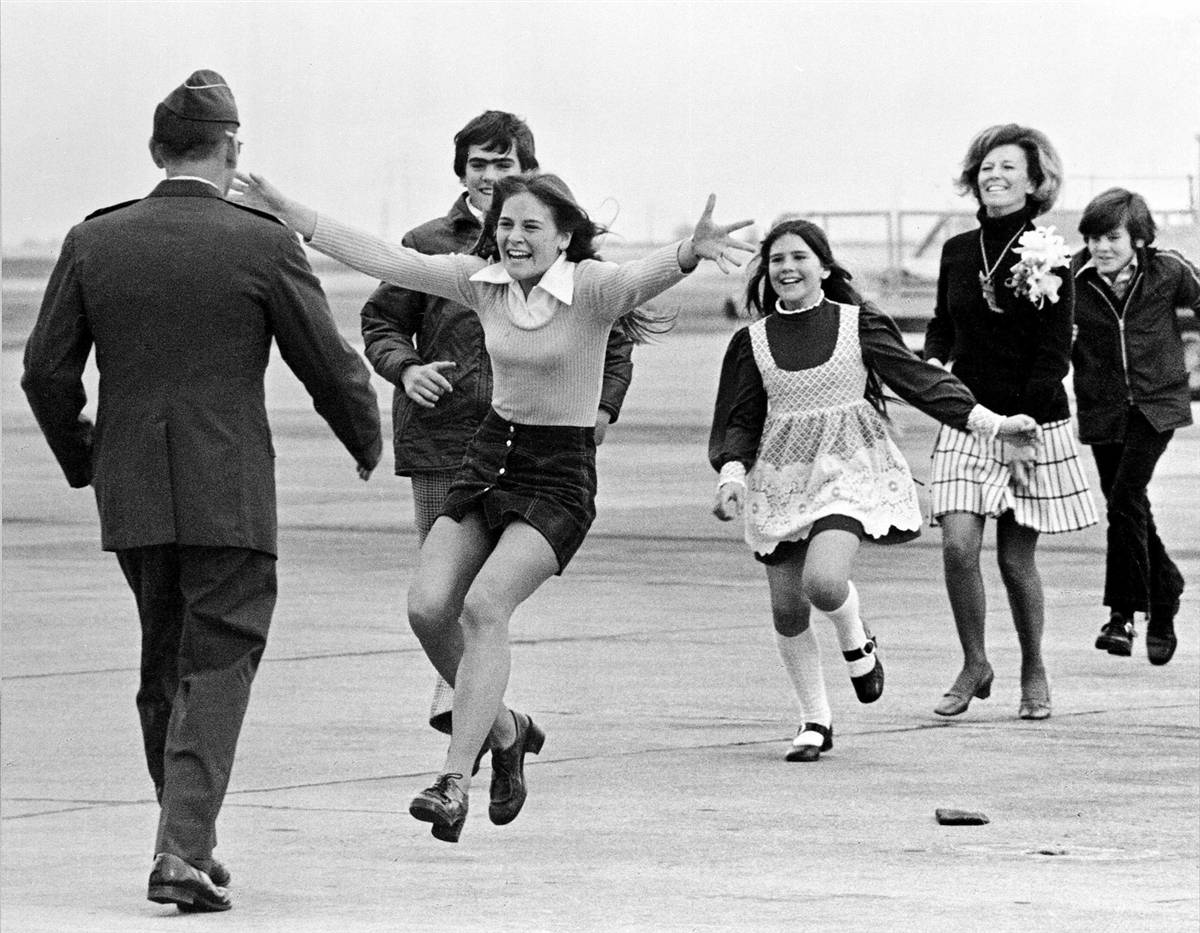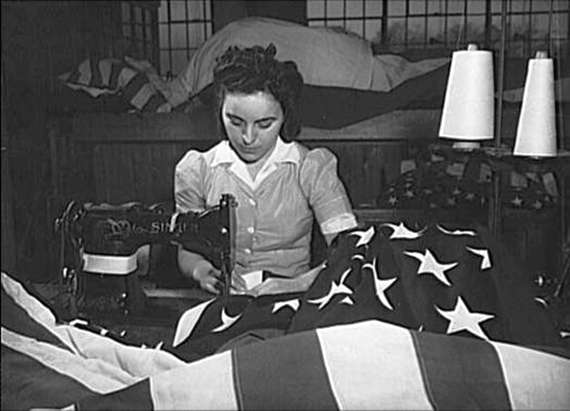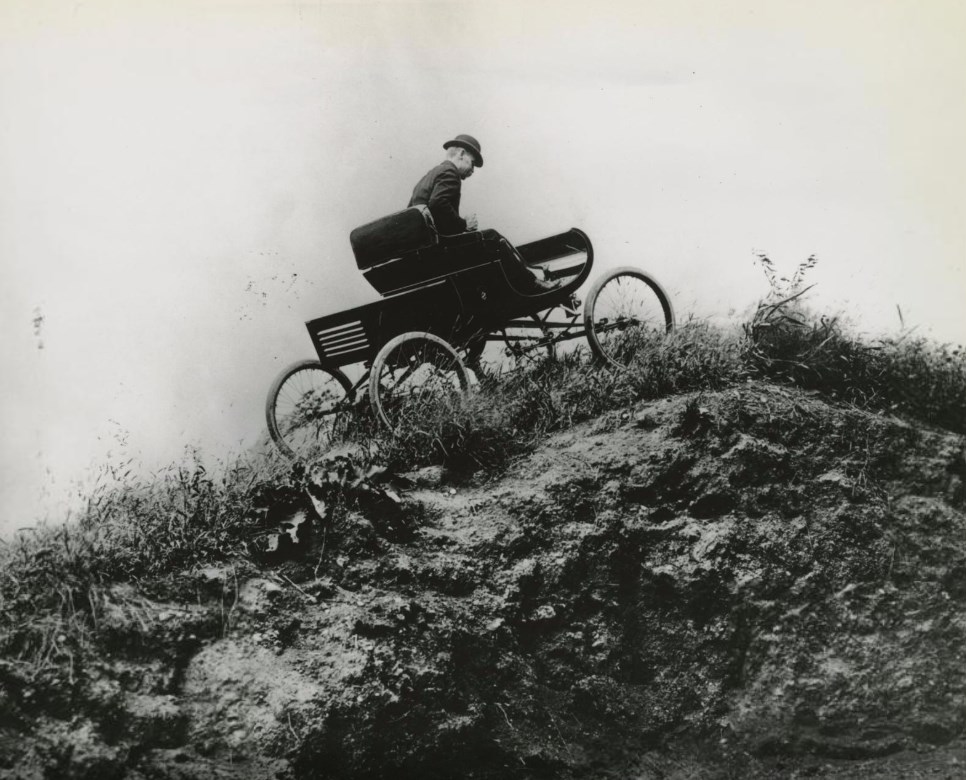Katharine Hepburn & the New England Hurricane of 1938
Katharine Hepburn surveys the devastation of the 1938 hurricane on the site of her family’s summer home in Fenwick, CT. Photo Credit: Connecticut Historical Society
Katharine Hepburn sits amid the rubble left after the 1938 hurricane at Fenwick. Photo Credit: Connecticut Historical Society
Digging through the debris, Katharine Hepburn recovered the family silver and her mother’s tea service. Photo Credit: Connecticut Historical Society
On September 21, 1938, New England was hit by a Category 3 hurricane. Many names were given to the storm including the Great New England Hurricane, Yankee Clipper, Great Hurricane of 1938, and Long Island Express. However, it was mainly known as the New England Hurricane of 1938. Not since 1869 had this region experienced such a violent hurricane. This specific one was first recorded off west of Cape Verde (near the western coast of Africa) on September 9, 1938. As it moved its way across the Atlantic, the hurricane gained momentum, reaching Category 5 before reaching the New England states as a Category 3.
When the hurricane made landfall in New England, it did so at high tide – coastal areas saw the shoreline rise from 14 feet all the way up to 25 feet (New London, Connecticut to Cape Cod, Massachusetts). Because the storm hit when it did, damages were increased as entire communities were swept out to sea. Downed wires ignited fires that were difficult to put out since debris covered the roads.
The Blue Hill Observatory in Massachusetts observed the storm’s highest sustained wind speed of 121 mph with wind gusts measuring in at 186 mph. Death totals have ranged from over 500 to nearly 900 while around 63,000 were homeless as a result of the hurricane. The National Weather Service also estimate that approximately 3,300 boats, 8,900 buildings and homes and around 2 billion trees were destroyed or lost. At the time, property losses exceeded $300 million ($4.7 billion in today’s money).
In the days and weeks that followed, the government’s Works Progress Administration (WPA) was tasked with cleanup and searching for survivors. Since the country was still suffering through the Great Depression, the WPA employed thousands of unemployed men to New England to help look for survivors and clean up the debris and destroyed buildings.
One of the thousands affect by the New England Hurricane of 1938 was famed actress Katharine Hepburn. Her family owned a summer home in the Fenwick borough of Old Saybrook, Connecticut. The actress loved the summer home and spent much of her off time there in relative privacy. The family had no idea that a hurricane was brewing off the coast and spent their day as they usually would – outdoors. They also had extended family over and enjoyed a festive get together. Luckily, most of the family left before the storm made landfall. Hepburn, her mother, and (according to some sources) her brother Dick along with a maid were left at the home.
Soon the wind picked up as branches littered the ground and the shoreline inched closer and closer. Once the shingles started ripping off the roof, Hepburn realized it was more than just a September storm. She, along with her family and their maid, escaped house through the dining room window and into standing water. They reached higher ground just in time to see the summer home being swept down the coast and coming to a rest around a third a mile away (it would later be completely destroyed by the storm). Hepburn knew her father, who was not there at the time, would be worried so she left her family and fought the wind to reach the town’s main street. She later recalled:
My God, it was something devastating – and unreal – like the beginning of the world – or the end of it – and I slogged and sloshed, crawled through ditches and hung on to keep going somehow – got drenched and bruised and scratched – completely bedraggled – finally got to where there was a working phone and called Dad. The minute he heard my voice he said, �?How’s your mother?’ – And I said – I mean shouted – the storm was screaming so – �?She’s all right. All right, Dad! But listen, the house – it’s gone – blown away into the sea!” And he said, �?I don’t suppose you had brains enough to throw a match into it before it went, did you? It’s insured against fire, but not against blowing away! – and how are you?’
The next day, Hepburn and her family went back to the last place they saw their home and began searching for whatever possessions remained. Dick found his typewriter and folder of documents – the typewriter reportedly still worked and the folders of documents were completely dry. Additionally, she and her brother found their mother’s entire tea service and 85 pieces of silver flatware. Hepburn later wrote in her autobiography that she lost 95 percent of her personal belongings including her 1932 Best Actress Academy Award, which was later found intact. After the hurricane destroyed the summer home, Hepburn quickly built a new home on the waterfront. She lived there until her death in 2003.
Katharine Hepburn amid the remains of her home in Old Saybrook after the Hurricane of ’38. Photo Credit: Old Saybrook Historical Society
The following video was created by the WPA to show the cleanup efforts after the New England Hurricane of 1938:





